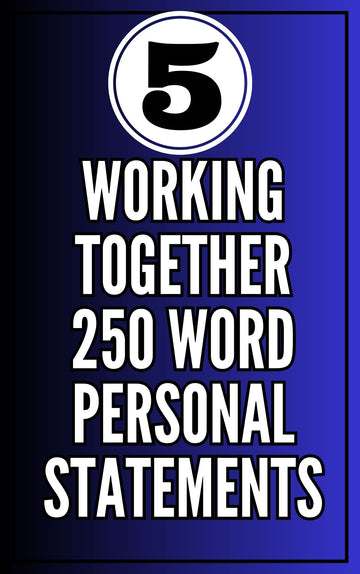"Working Together" in the context of the UK Civil Service refers to the collaborative efforts of civil servants to achieve common goals and objectives. It encompasses a culture of shared responsibility, cooperation, and mutual support among individuals and departments. This principle is deeply rooted in the Civil Service Leadership Statement and the Civil Service Code, which emphasize the importance of collective effort, open communication, and shared decision-making in delivering public services effectively and efficiently.
Key Elements of "Working Together" in the UK Civil Service:
-
Collaboration: Engaging in joint efforts and partnerships across departments and teams to achieve shared objectives.
-
Inclusivity: Ensuring that all voices, including those from diverse backgrounds and perspectives, are heard and valued in decision-making processes.
-
Support: Providing assistance and encouragement to colleagues, fostering a supportive work environment that promotes collective success.
-
Communication: Facilitating open, honest, and transparent communication to ensure that all team members are informed and aligned with organizational goals.
-
Shared Responsibility: Taking collective ownership of tasks, projects, and outcomes, ensuring accountability and mutual support among team members.
Using the B-STAR Method for Competency Statements
The B-STAR technique is a structured approach to answering questions or crafting statements, particularly in applications or interviews, where you need to demonstrate your skills, experiences, and abilities in a concise and impactful manner. The acronym "B-STAR" stands for:
- B: Belief
- S: Situation
- T: Task
- A: Action
- R: Result
Let's delve into each component:
-
Belief: Begin by stating a belief or principle that guides your actions or decisions. This sets the tone and provides a framework for the subsequent examples you will provide. It reflects your values and motivations.
-
Situation: Describe a specific situation or context in which you found yourself, providing enough detail to understand the challenges or opportunities presented.
-
Task: Outline the task or objective that needed to be achieved in the situation. This should highlight what the goal was and why it was important.
-
Action: Detail the actions you took in response to the task at hand. This should showcase your skills, decision-making process, and approach to addressing challenges.
-
Result: Conclude with the results or outcomes of your actions, emphasizing the impact and what was learned from the experience.
Check out 5 example statements
Working Together 250 Word Statement Example
Belief: I staunchly believe that a collaborative, supportive team environment is crucial for delivering unparalleled customer service. Ensuring every team member feels valued and heard enhances our collective problem-solving and fortifies a customer-centric approach.




